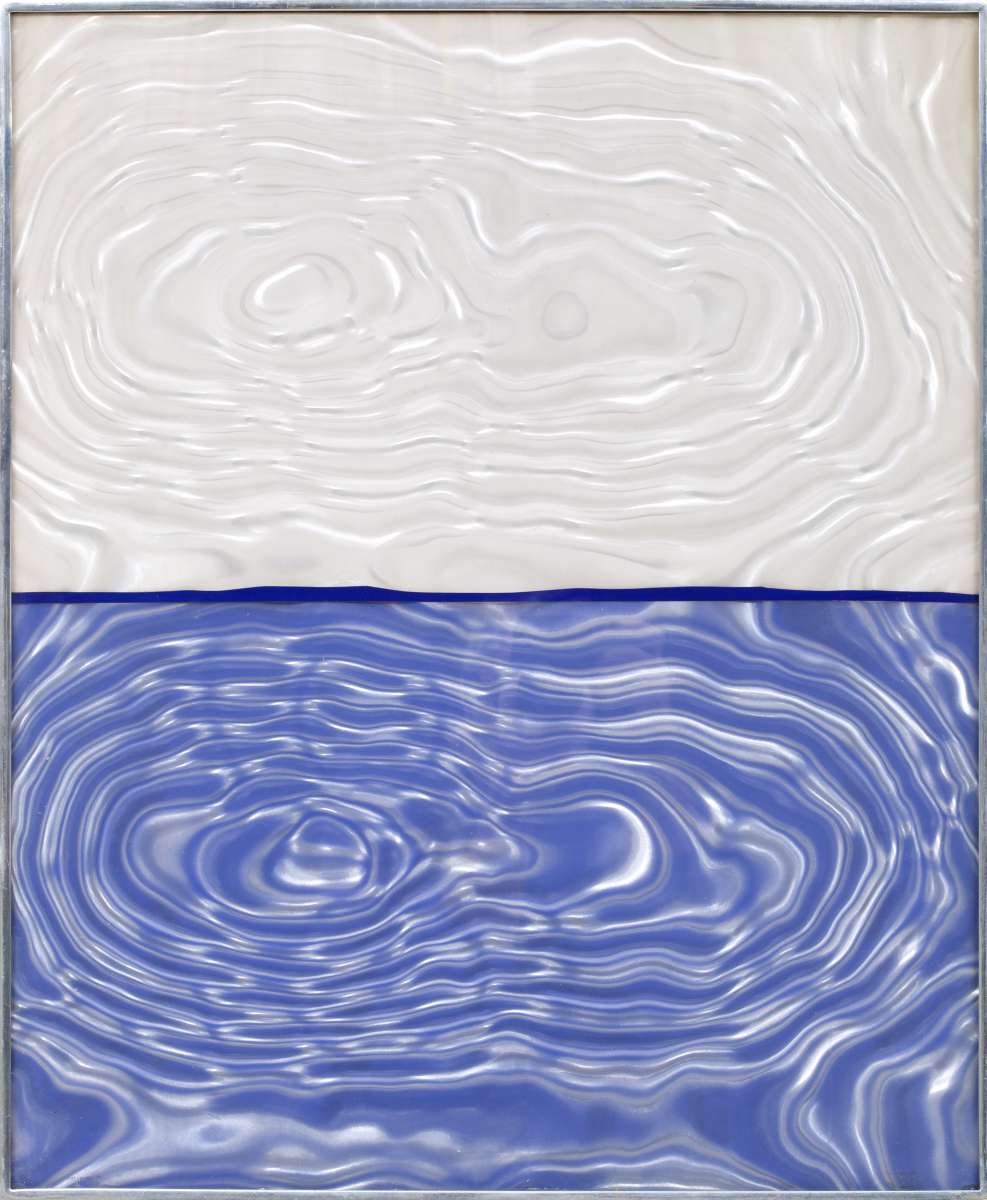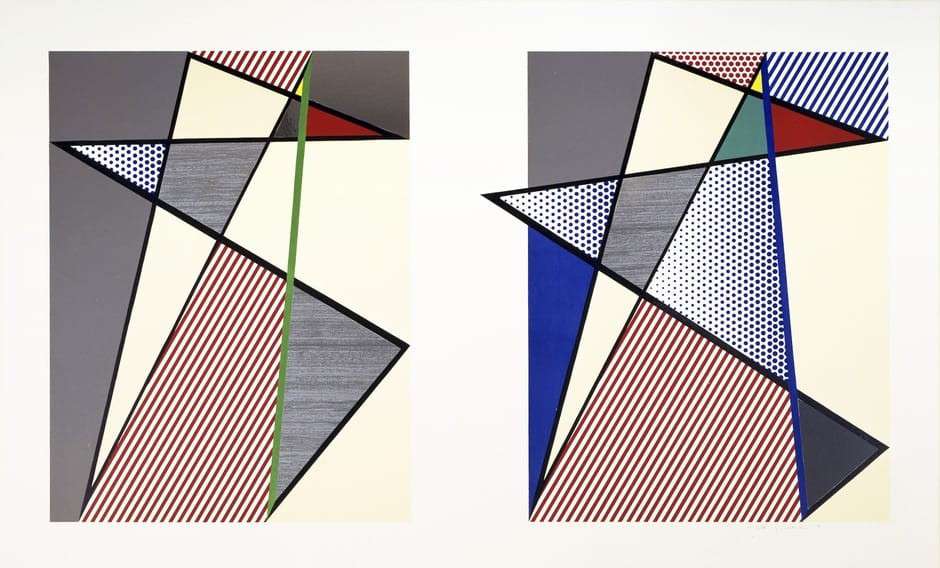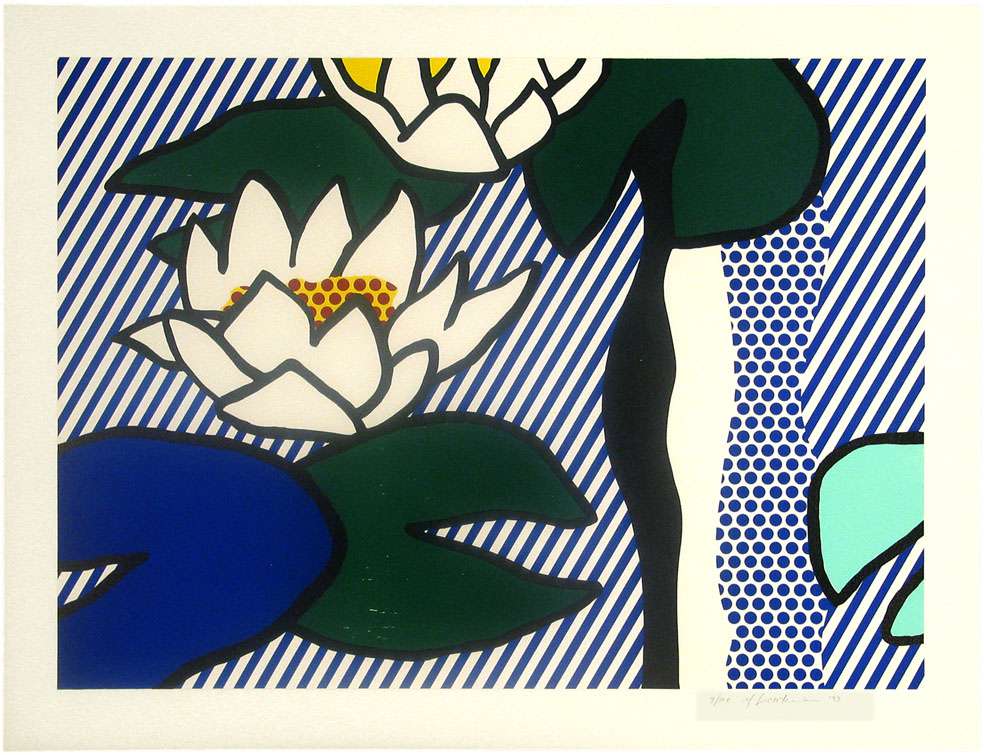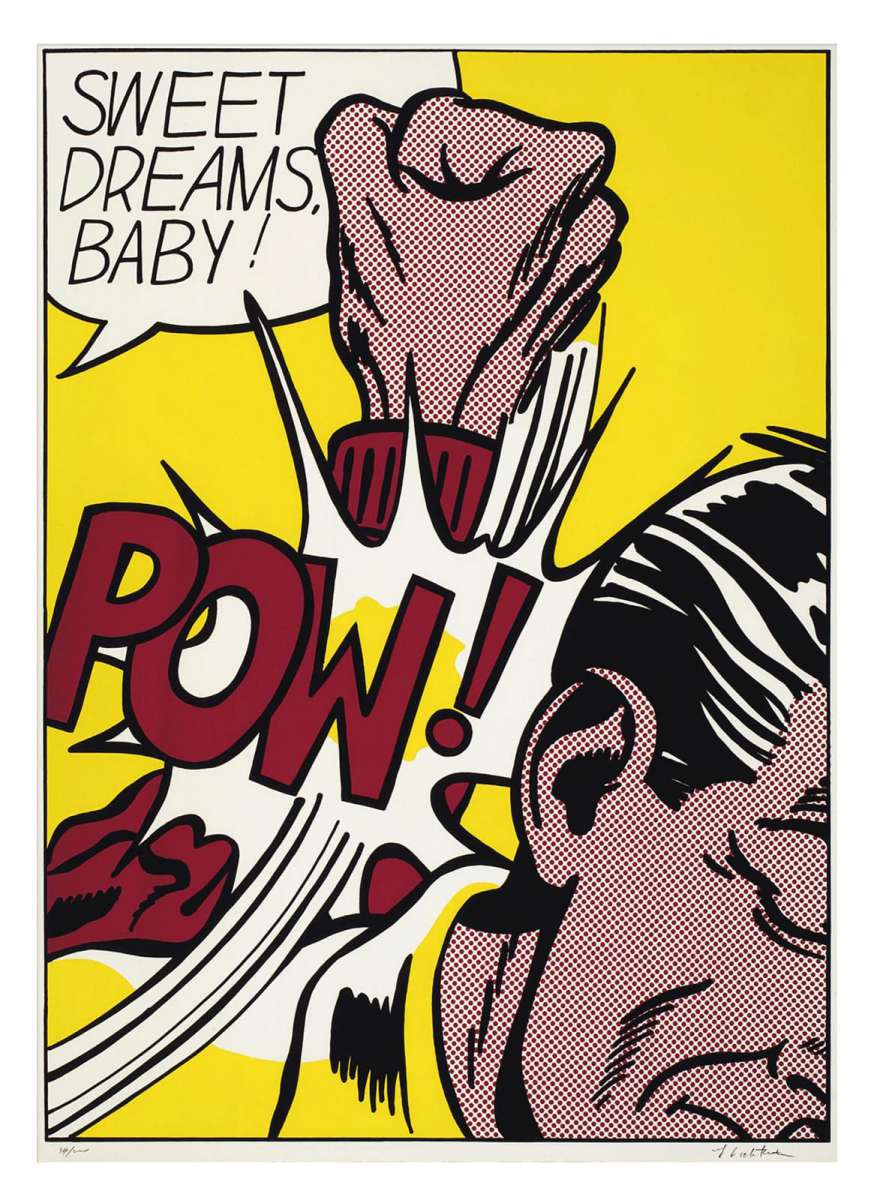Roy Lichtenstein
American, 1923 - 1997
A key figure in the Pop art movement and beyond, Roy Lichtenstein grounded his profoundly inventive career in imitation—beginning by borrowing images from comic books and advertisements in the early 1960s, and eventually encompassing those of everyday objects, artistic styles, and art history itself.
During the 1960s, along with Andy Warhol, Jasper Johns, and James Rosenquist among others, he became a leading figure in the new art movement. Inspired by popular advertising and the comic book style, Lichtenstein produced precise compositions that documented while they parodied, often in a tongue-in-cheek manner. He described pop art as "not 'American' painting but actually industrial painting". Lichtenstein later recalled that 1961 marked a break with both his own abstract style and “prevailing taste” in the art world. “Although almost anything seemed to be fair subject matter for art,” he recalled, “commercial art and particularly cartooning were not considered to be among those possibilities.”

Roy Lichtenstein, Sweet Dreams Baby!, 1965
Screenprint on paper
90.5 x 64.5 cm




